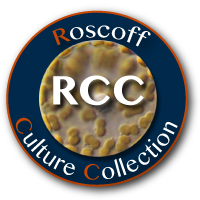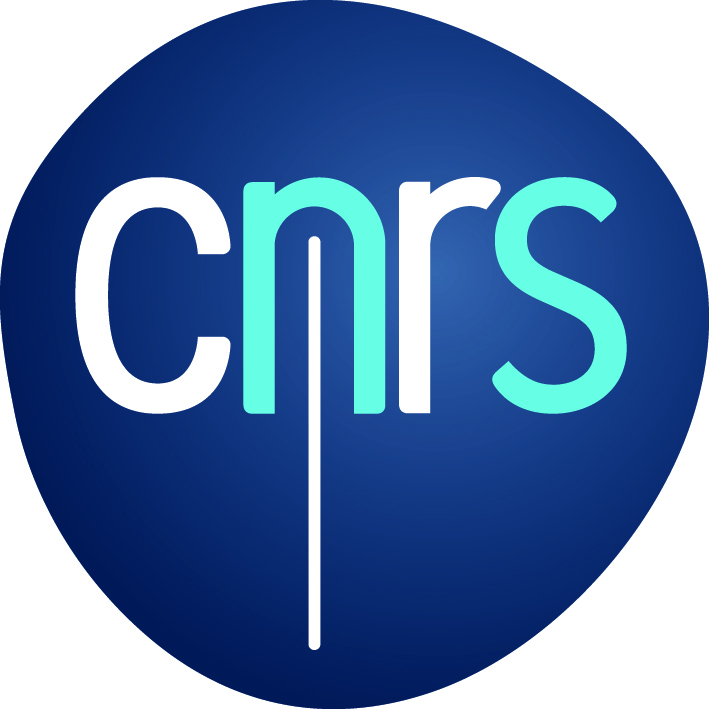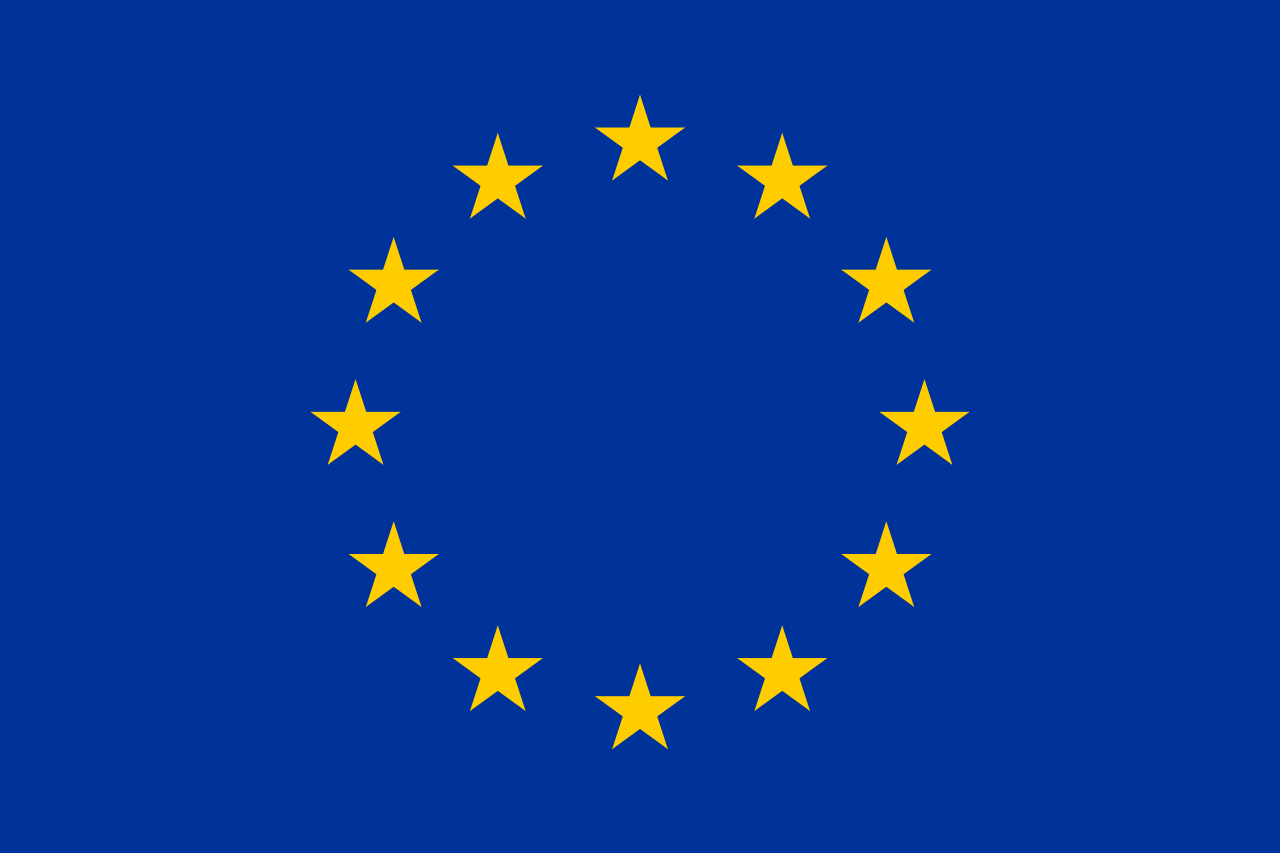| Title | PhytoREF: a reference database of the plastidial 16S rRNA gene of photosynthetic eukaryotes with curated taxonomy |
| Publication Type | Journal Article |
| Year of Publication | 2015 |
| Authors | Decelle J, Romac S, Stern RF, Bendif EMahdi, Zingone A, Audic S, Guiry MD, Guillou L, Tessier D, Le Gall F, Gourvil P, Santos ALopes dos, Probert I, Vaulot D, de Vargas C, Christen R |
| Journal | Molecular Ecology Resources |
| Volume | 15 |
| Pagination | 1435–1445 |
| ISSN | 1755098X |
| Keywords | 2015, MACUMBA, rcc, RCC?o?dd, SBR$_\textrmP$hyto$_\textrmD$IPO, SBR$_\textrmP$hyto$_\textrmE$PPO, sbr?hyto$_\textrmd$ipo, sbr?hyto?ppo |
| Abstract | Photosynthetic eukaryotes have a critical role as the main producers in most ecosystems of the biosphere. The ongo- ing environmental metabarcoding revolution opens the perspective for holistic ecosystems biological studies of these organisms, in particular the unicellular microalgae that often lack distinctive morphological characters and have complex life cycles. To interpret environmental sequences, metabarcoding necessarily relies on taxonomically curated databases containing reference sequences of the targeted gene (or barcode) from identified organisms. To date, no such reference framework exists for photosynthetic eukaryotes. In this study, we built the PhytoREF data- base that contains 6490 plastidial 16S rDNA reference sequences that originate from a large diversity of eukaryotes representing all known major photosynthetic lineages. We compiled 3333 amplicon sequences available from public databases and 879 sequences extracted from plastidial genomes, and generated 411 novel sequences from cultured marine microalgal strains belonging to different eukaryotic lineages. A total of 1867 environmental Sanger 16S rDNA sequences were also included in the database. Stringent quality filtering and a phylogeny-based taxonomic classifica- tion were applied for each 16S rDNA sequence. The database mainly focuses on marine microalgae, but sequences from land plants (representing half of the PhytoREF sequences) and freshwater taxa were also included to broaden the applicability of PhytoREF to different aquatic and terrestrial habitats. PhytoREF, accessible via a web interface (http://phytoref.fr), is a new resource in molecular ecology to foster the discovery, assessment and monitoring of the diversity of photosynthetic eukaryotes using high-throughput sequencing. |
| URL | http://doi.wiley.com/10.1111/1755-0998.12401 |
| DOI | 10.1111/1755-0998.12401 |






